Media Company Enhances Reach with Custom OTT Streaming App
- Mobile App
A startup aiming to revolutionize food delivery in Tier 2 cities. By prioritizing partnerships, technology, and customer experience, the company has created a scalable and sustainable business model, paving the way for further expansion and growth.
The client, a well-established restaurant chain, sought to expand its reach beyond dine-in customers. They wanted to tap into the growing market for food delivery services. Their goal was to enhance customer convenience and increase revenue by offering a seamless delivery experience.
The primary objective was to develop a seamless mobile application for both iOS and Android platforms with admin panel to facilitate real-time order management, driver assignment, customer support while integrating AI-enabled features improving scalability, security, and user experience.
User registration and profile management
Restaurant menu browsing and customization
Secure payment gateway integration
Real-time order tracking
Ratings and reviews
AI-enabled features for enhanced user experience and operational efficiency
Create a comprehensive admin panel
Analytics and reporting
We conducted thorough market research to understand user preferences, competitor apps, and emerging trends. This informed our design decisions.
Our team prioritized an intuitive, visually appealing app interface. We focused on easy navigation, personalized recommendations, and efficient order processing.
Leveraging machine learning, we introduced personalized meal recommendations based on user history, location, and preferences.
The admin panel allowed restaurant managers to manage menus, track orders, monitor inventory, and optimize delivery routes.
We integrated secure payment gateways to ensure smooth transactions.
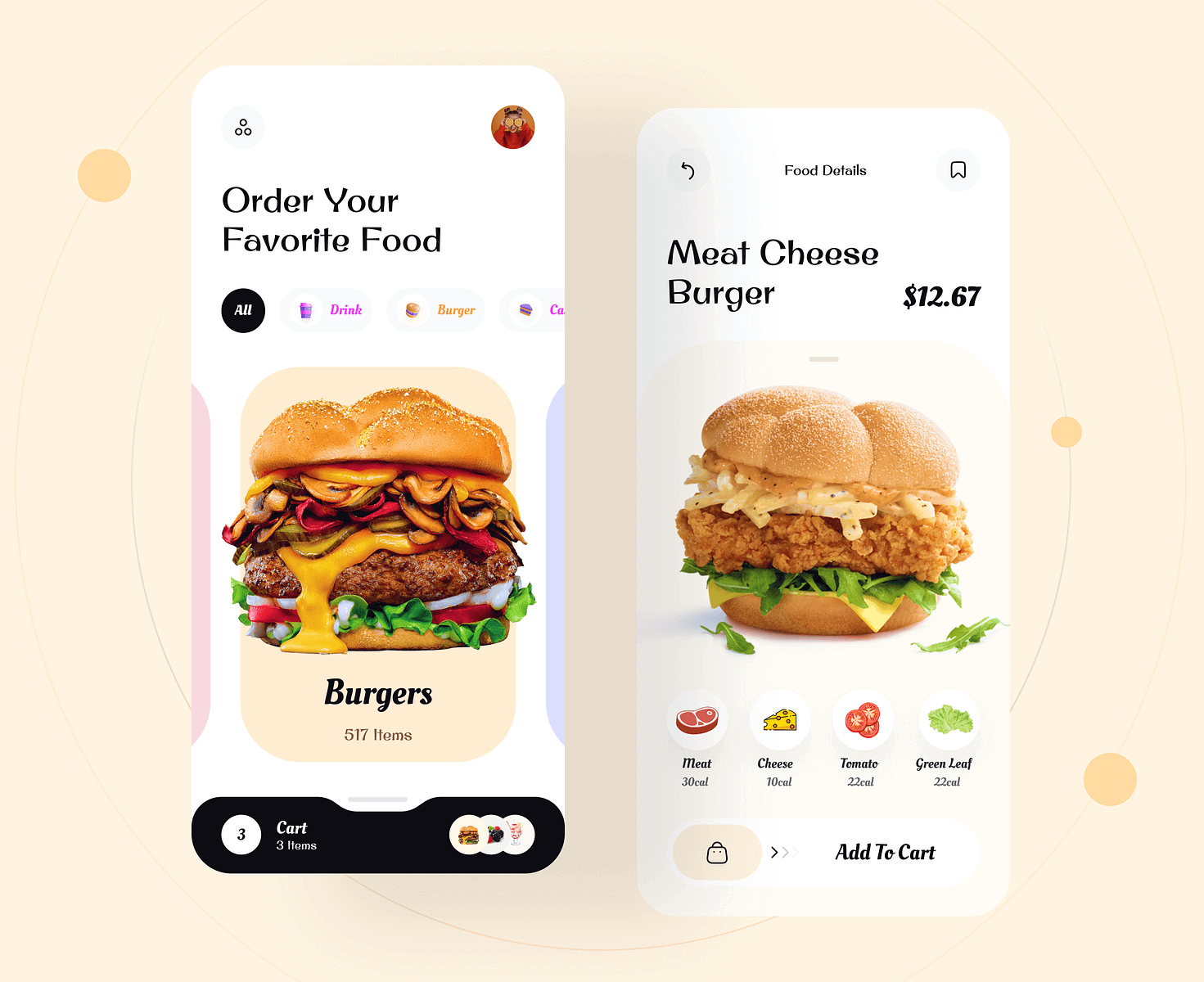
Implementing real-time tracking for orders and delivery drivers required precise synchronization of multiple data sources and efficient handling of location data.
Recruiting and managing a reliable fleet of delivery drivers posed challenges. We addressed this by collaborating with third-party logistics providers.
During busy hours, order volumes surged, leading to delays. Our AI algorithms dynamically adjusted delivery routes to optimize efficiency.
Safeguarding user data (including payment details) was critical. Robust encryption and compliance with privacy regulations were implemented.
Integrating AI capabilities required significant R&D to ensure accuracy and relevance.
We incorporated several AI-enabled features to enhance the functionality and user experience of the application:
Using machine learning algorithms, AI model suggesting restaurants and foods based on user preferences, order history, and location (increase in orders: 22%).
An AI-powered chatbot handles customer inquiries, providing instant responses and resolving common issues without human intervention.
AI algorithms predict delivery times based on historical data, current traffic conditions, and real-time driver availability, giving users accurate ETAs.
AI-optimized route planning for delivery riders, reducing delivery time by 12%.
Implemented dynamic pricing models that adjust prices based on demand, availability, and other factors to optimize revenue.
AI-driven customer classification for targeted promotions and offers (increase in sales: 15%).
AI-powered customer feedback analysis for improved support and retention (customer retention rate: 85%).
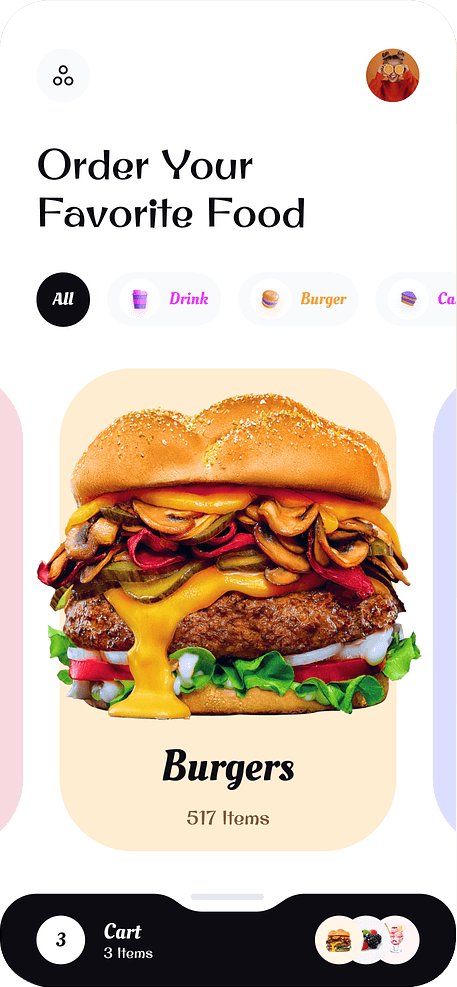
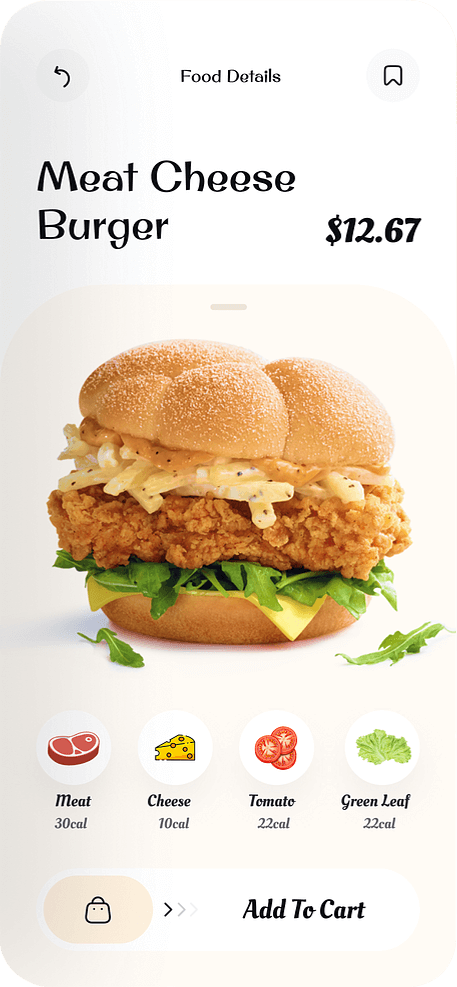
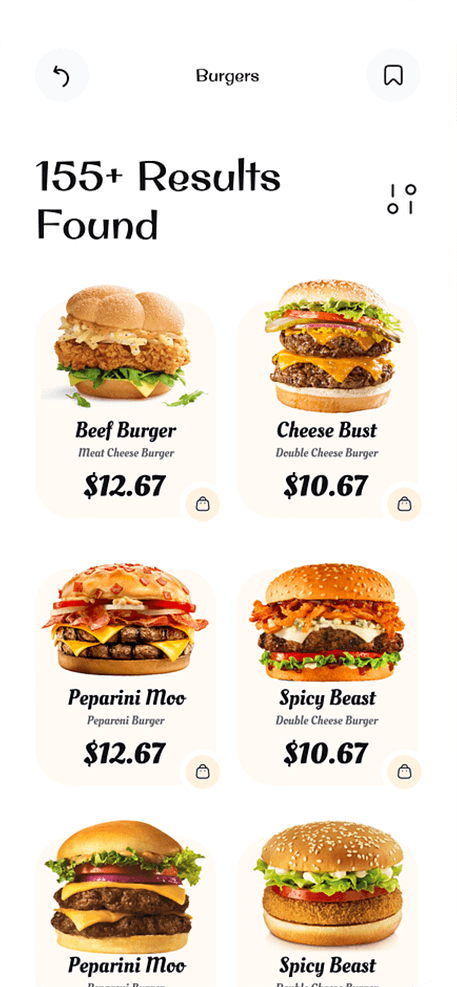
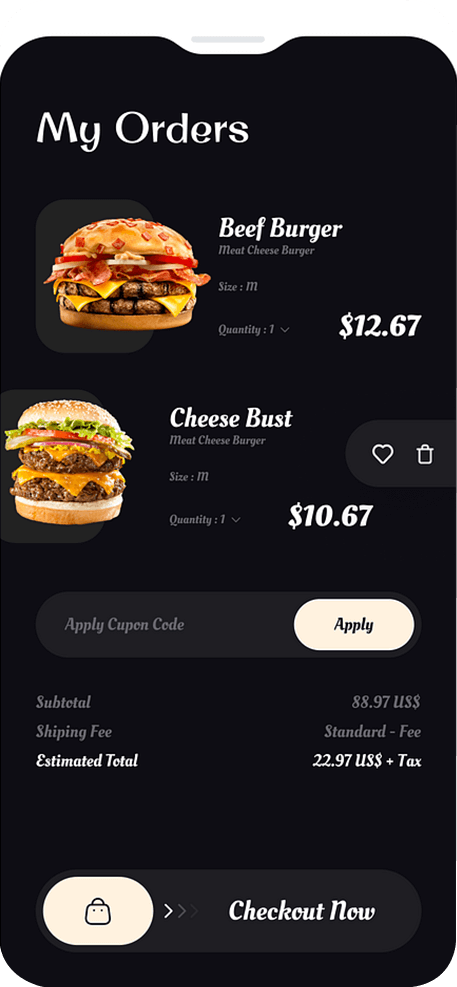
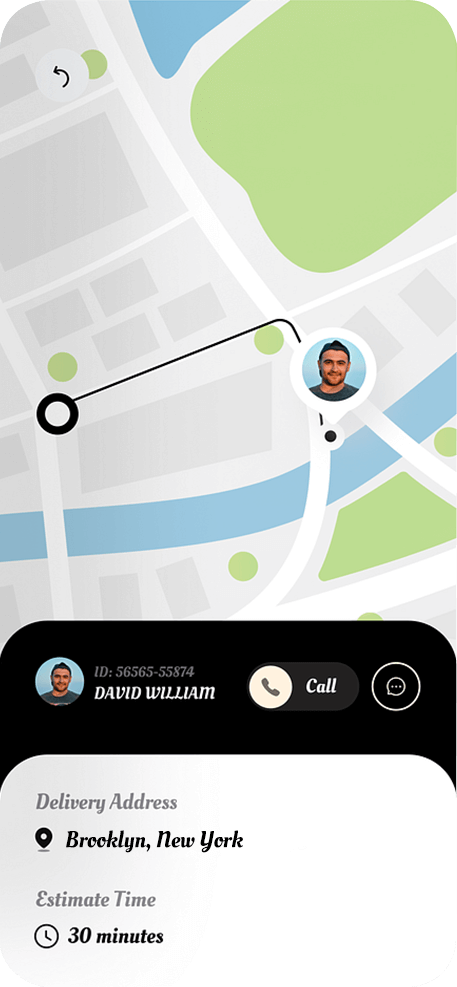
The implementation of the on-demand food delivery application with AI-enabled features significantly impacted business:
The convenience of online ordering led to a 40% increase in sales within the first six months of launch.
Enhanced user experience and efficient order management resulted in a 25% improvement in customer satisfaction ratings.
The admin panel streamlined operations, reducing order processing times by 30% and minimizing errors.
Dynamic pricing and personalized recommendations boosted revenue by 15%.
| Milestone | Tasks | Timeline | Responsible |
|---|---|---|---|
| Project Planning | – Define project scope and objectives – Conduct market research – Identify target audience |
2 weeks | Project Manager |
| Requirement Analysis | – Gather detailed requirements – Create use cases and user stories – Define technical requirements |
3 weeks Business Analyst | Technical Lead |
| UI/UX Design | – Create wireframes and mockups – Design user interfaces – User journey mapping |
4 weeks | UI/UX Designer |
| Technology Selection | – Choose frontend and backend technologies – Select database and third-party services |
1 week | Technical Lead |
| Prototype Development | – Develop a basic prototype – Implement core features (e.g., user login, browsing menu) |
4 weeks | Development Team |
| Backend Development | – Set up server and database – Develop APIs and business logic – Implement security measures |
6 weeks | Backend Developers |
| Frontend Development | – Develop user interfaces – Integrate with backend APIs – Implement responsive design |
6 weeks | Frontend Developers |
| Feature Integration | – User registration and login – Restaurant listing and menu browsing – Search and filters – Order placement and tracking – Payment gateway integration |
8 weeks | Development Team |
| Testing and QA | – Unit testing – Integration testing – User acceptance testing – Bug fixing |
5 weeks | QA Team |
| Beta Release | – Release beta version – Collect user feedback – Identify and fix issues |
3 weeks | Development Team, QA Team |
| Final Launch Preparation | – Finalize app store listings – Implement marketing strategies – Prepare documentation |
2 weeks | Project Manager, Marketing Team |
| Launch | – Launch app on app stores – Monitor initial performance – Address any critical issues |
1 week | Project Manager, Development Team |
| Post-Launch Support | – Collect user feedback – Monitor app performance – Regular updates and bug fixes |
1 week | Ongoing Development Team, Support Team |